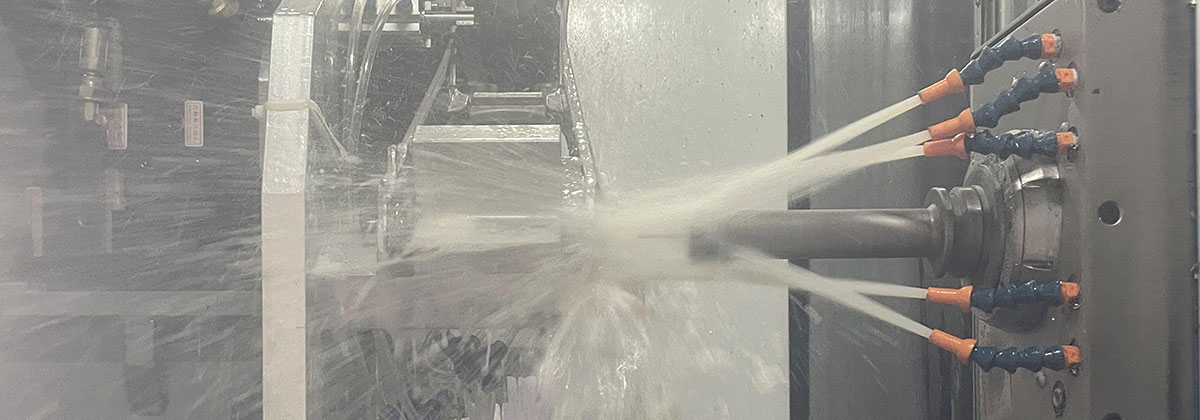Introduction
In the modern manufacturing industry, the demand for high-quality metal components continues to rise. These components are used in various applications, ranging from automotive and aerospace to electronics and medical devices. To meet these demands, manufacturers are constantly seeking innovative techniques that can produce metal components with improved mechanical properties and dimensional accuracy. One such technique that has gained significant attention in recent years is squeeze casting.
What is Squeeze Casting?
Squeeze casting is a manufacturing technique that combines the advantages of both casting and forging processes. It involves pouring molten metal into a preheated die and applying a compressive force during solidification. This unique combination of casting and forging results in metal components with superior mechanical properties, such as increased strength, improved fatigue resistance, and enhanced wear resistance.
The Squeeze Casting Process
The squeeze casting process can be divided into three main stages – filling, solidification, and extraction. During the filling stage, molten metal is poured into a preheated die using gravity or low pressure. The die is designed to have complex shapes and internal features that cannot be achieved through conventional casting methods. As the molten metal fills the die, a press is simultaneously applied to the die, ensuring that the metal is evenly distributed and compacted.
Once the die is completely filled, the solidification stage begins. The compressive force applied by the press during this stage helps to eliminate porosity and produce a finer grain structure in the metal. This results in improved mechanical properties, such as higher tensile strength and ductility. The solidification time is carefully controlled to minimize the formation of undesirable phases and optimize the microstructure of the metal.
After solidification is complete, the extraction stage involves removing the component from the die. The press is released, allowing the die to open, and the component is extracted. The die can be reused for subsequent squeeze casting processes, making it a cost-effective and environmentally friendly technique.
Advantages of Squeeze Casting
Squeeze casting offers several advantages over conventional casting and forging processes. Firstly, it allows for the production of complex-shaped components with precise dimensional accuracy. The compressive force applied during solidification helps to eliminate shrinkage defects and ensures a uniform distribution of the metal throughout the die. This results in components with improved surface finish and tight tolerances.

Squeeze casting enhances the mechanical properties of the metal components. The combination of casting and forging processes results in a refined microstructure with reduced porosity. This leads to higher strength, increased fatigue resistance, and improved wear resistance. The mechanical properties of the components can be further enhanced by controlling the solidification time and temperature.
Squeeze casting enables the use of a wider range of metal alloys. Unlike conventional casting methods that are limited to a few alloys, squeeze casting can be applied to a variety of materials, including aluminum, magnesium, copper, and even high-strength steels. This versatility opens up new possibilities for the design and application of metal components in various industries.
Conclusion
Squeeze casting is a revolutionary manufacturing technique that offers significant improvements in the production of metal components. Its unique combination of casting and forging processes results in components with enhanced mechanical properties and dimensional accuracy. With its ability to produce complex-shaped components and work with a wide range of alloys, squeeze casting is poised to become a preferred choice for manufacturing high-quality metal components in various industries. As technology continues to advance, further research and development in squeeze casting are expected to bring even more significant improvements to the manufacturing industry.
-

- Customized die-casting parts&components
-

- Vysoce přesný hořčíkový tixomulační kryt UAV
-

- Elektrické kolo z hořčíkové slitiny 12palcové integrované kolo 36v10ah elektrický moped
-

- Kryt krytu notebooku C
-

- OEM komponenty tlakového lití pro automobilový rám sedadla
-

- Custom-made metal parts macbook middle board produced

 0086-750-5616188
0086-750-5616188 +86 13392089688
+86 13392089688 sales@zhongmei-tech.com
sales@zhongmei-tech.com







